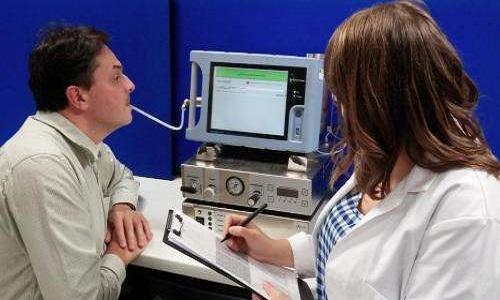BREATHE TEST
B – Breathe
T – Test
H – Hydrogen
BREATHE TEST
breathe test-Hydrogen breath tests help to diagnose either intolerance to sugars or small intestinal bacterial overgrowth (SIBO).
The test measures how the amount of hydrogen present in your breath changes after you consume a sugar solution. There’s usually very little hydrogen in your breath. Having a higher level of it usually indicates a problem, either from sugar tolerance or bacterial growth in your small intestine. Why is it done?

Sugar Intolerance
Sugar intolerance means you have trouble digesting a specific type of sugar. For example, some people can’t tolerate lactose, a sugar found in milk or other dairy products.
Lactose is normally broken down in the small intestine by an enzyme called lactase. People who are lactose intolerant can’t make this enzyme. As a result, the lactose moves into their large intestine, where it’s broken down by bacteria instead. This process makes hydrogen, which will show up during a hydrogen breath test.
You can also have intolerance to other sugars, such as fructose. Small intestinal bacterial overgrowth
SIBO refers to having an unusual amount of bacteria in your small intestine. This can cause many symptoms, including bloating, diarrhea, and malabsorption.




